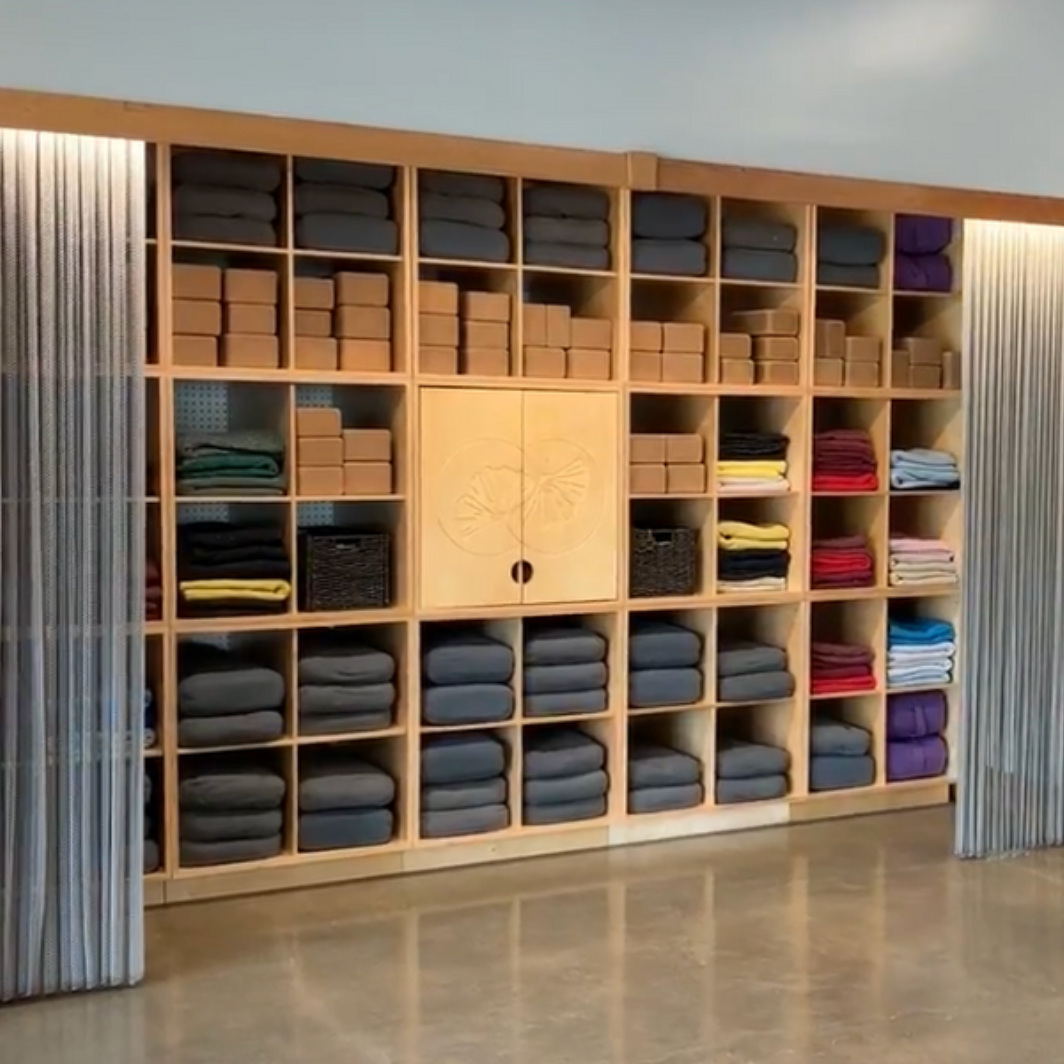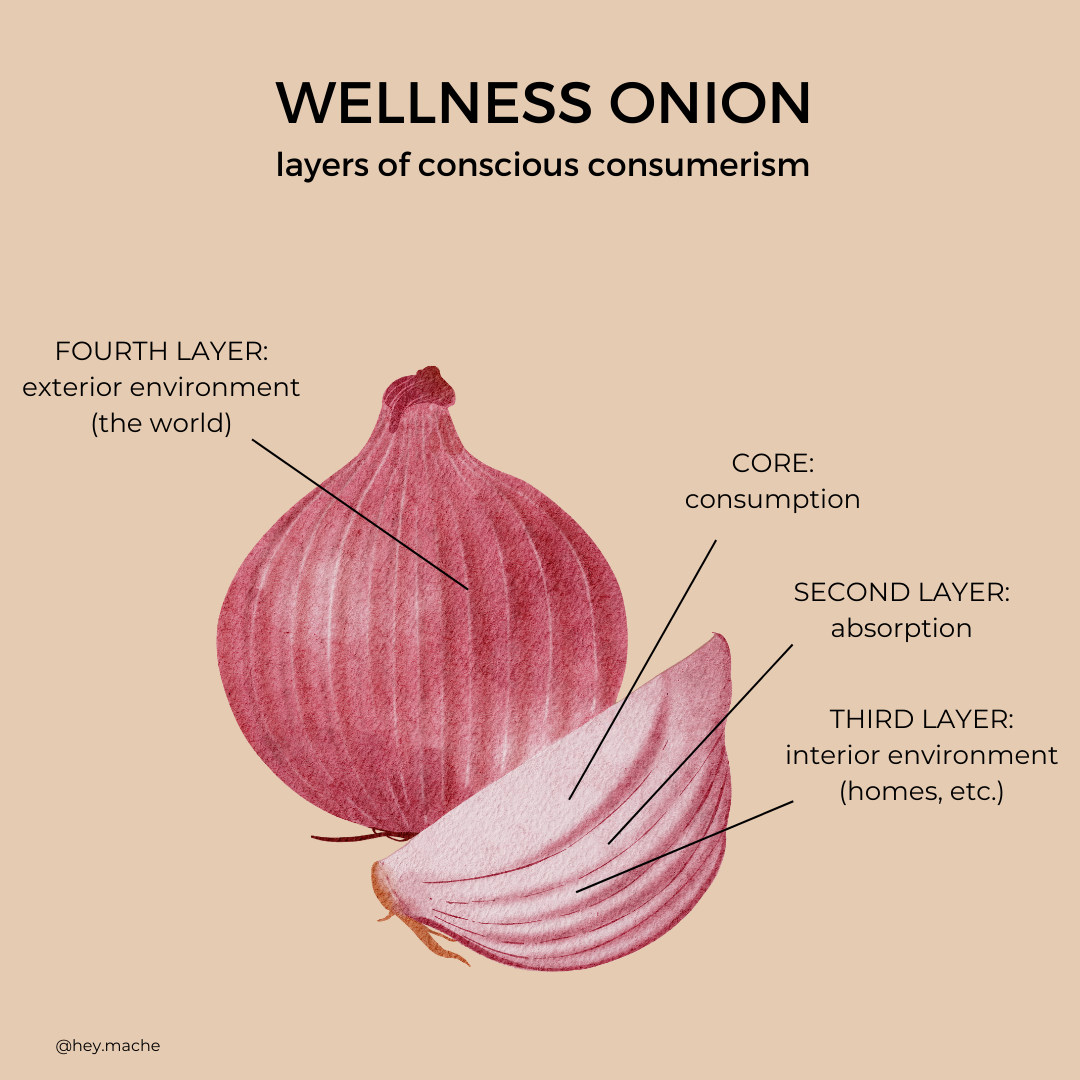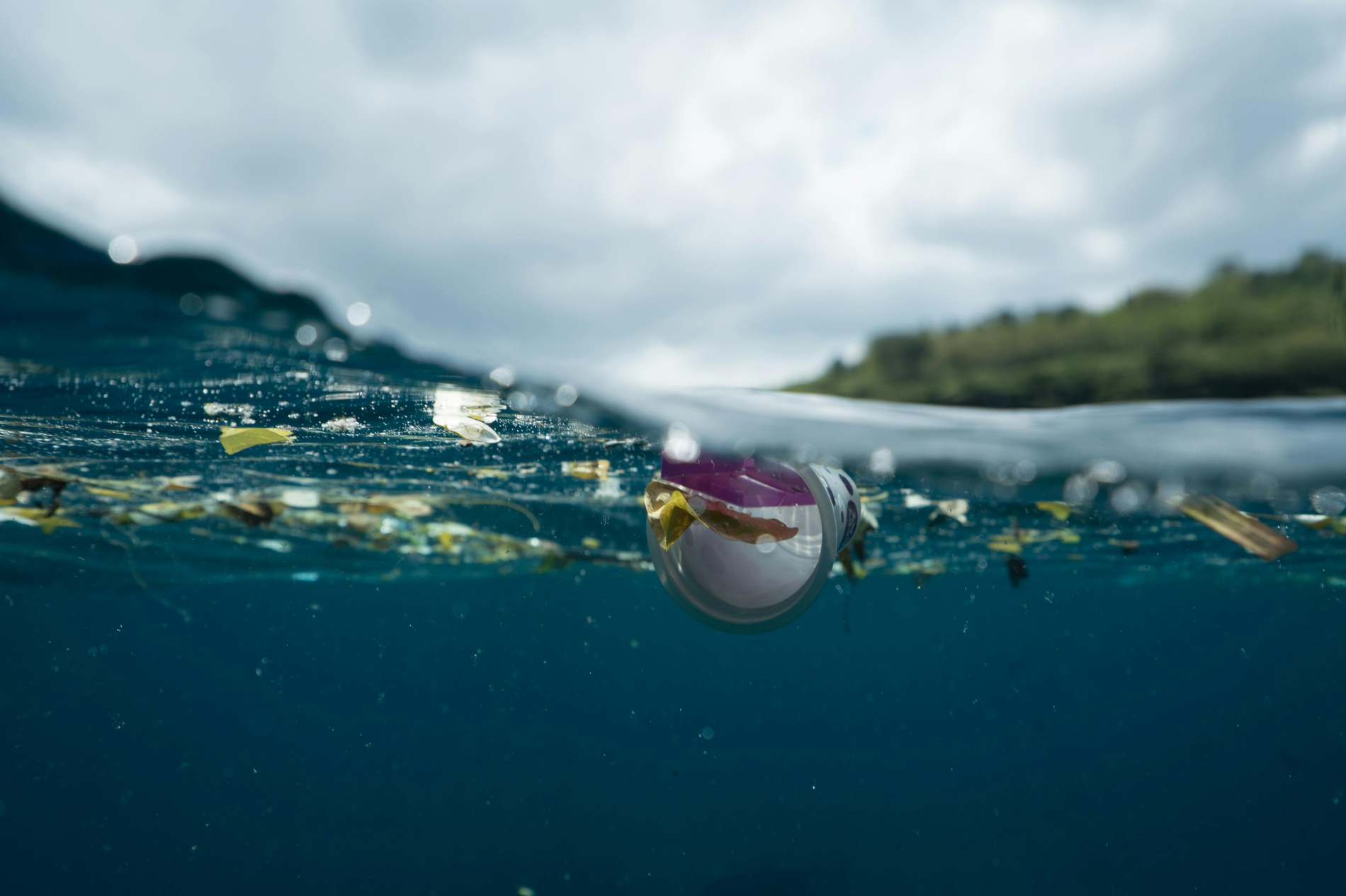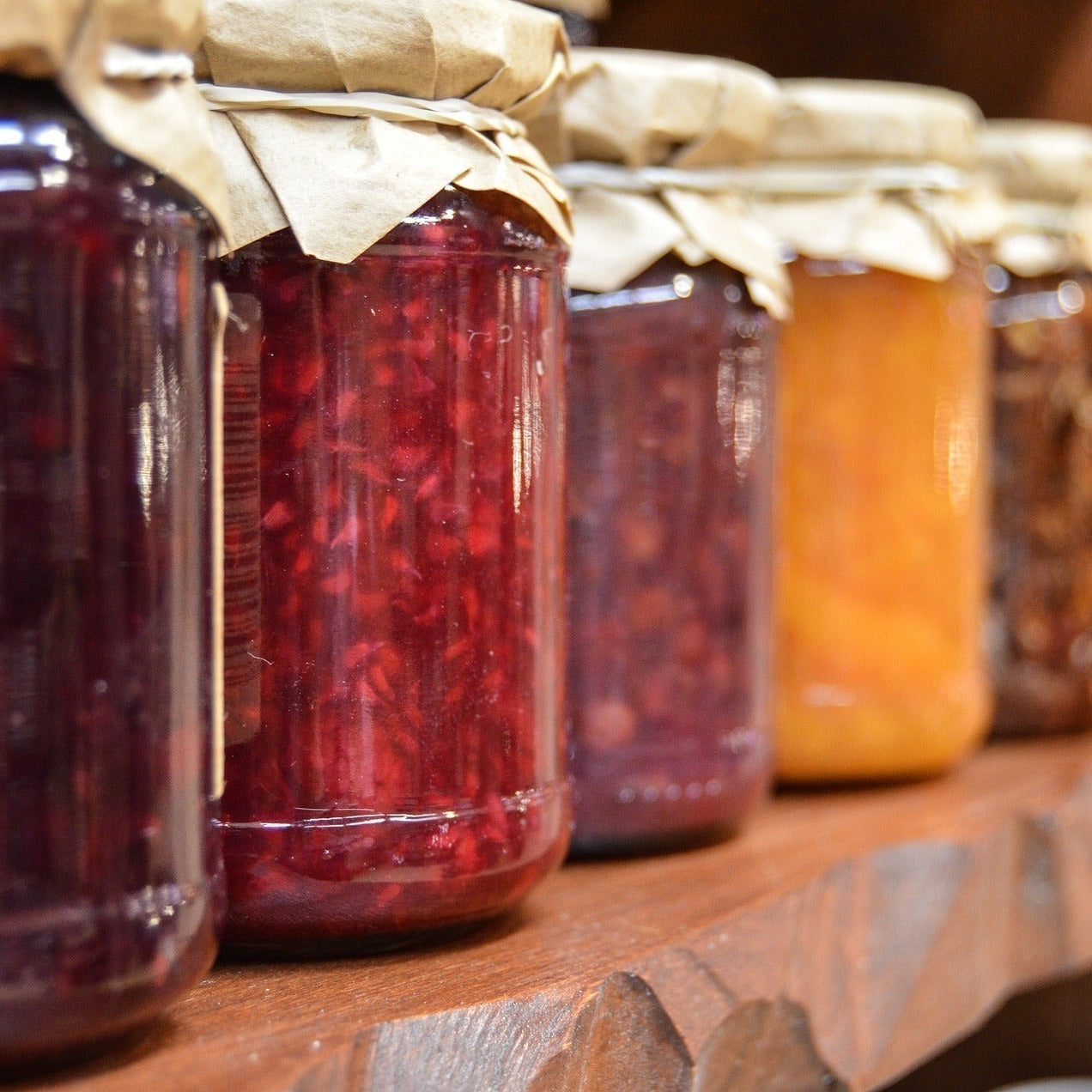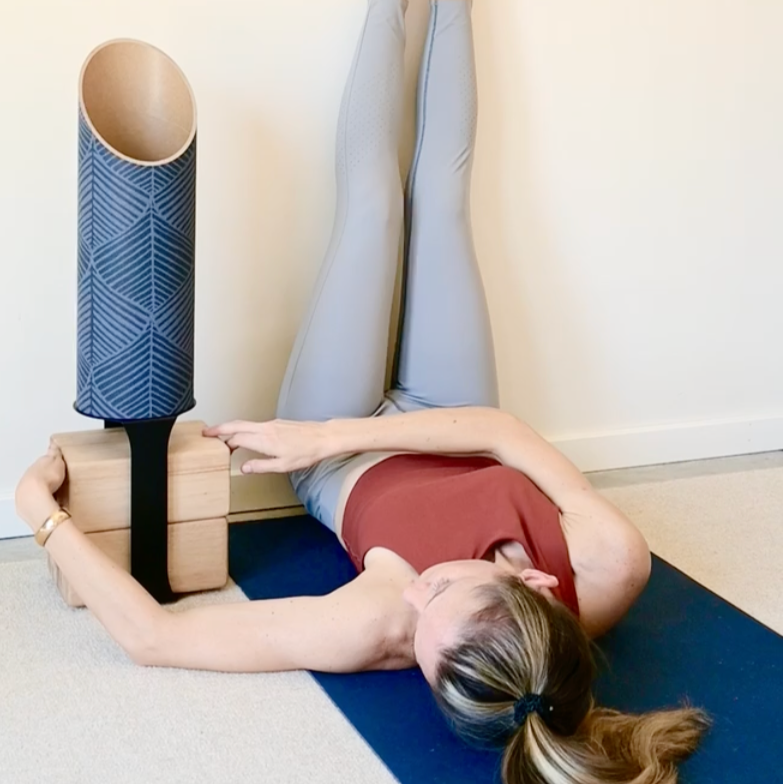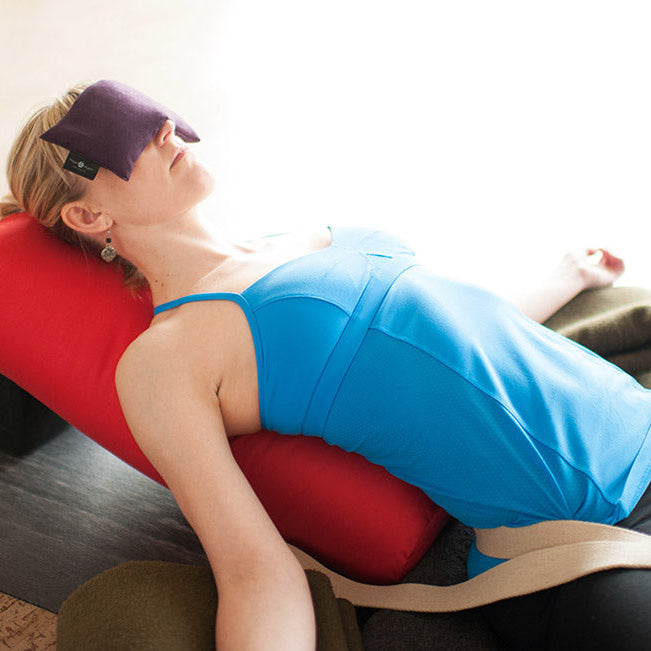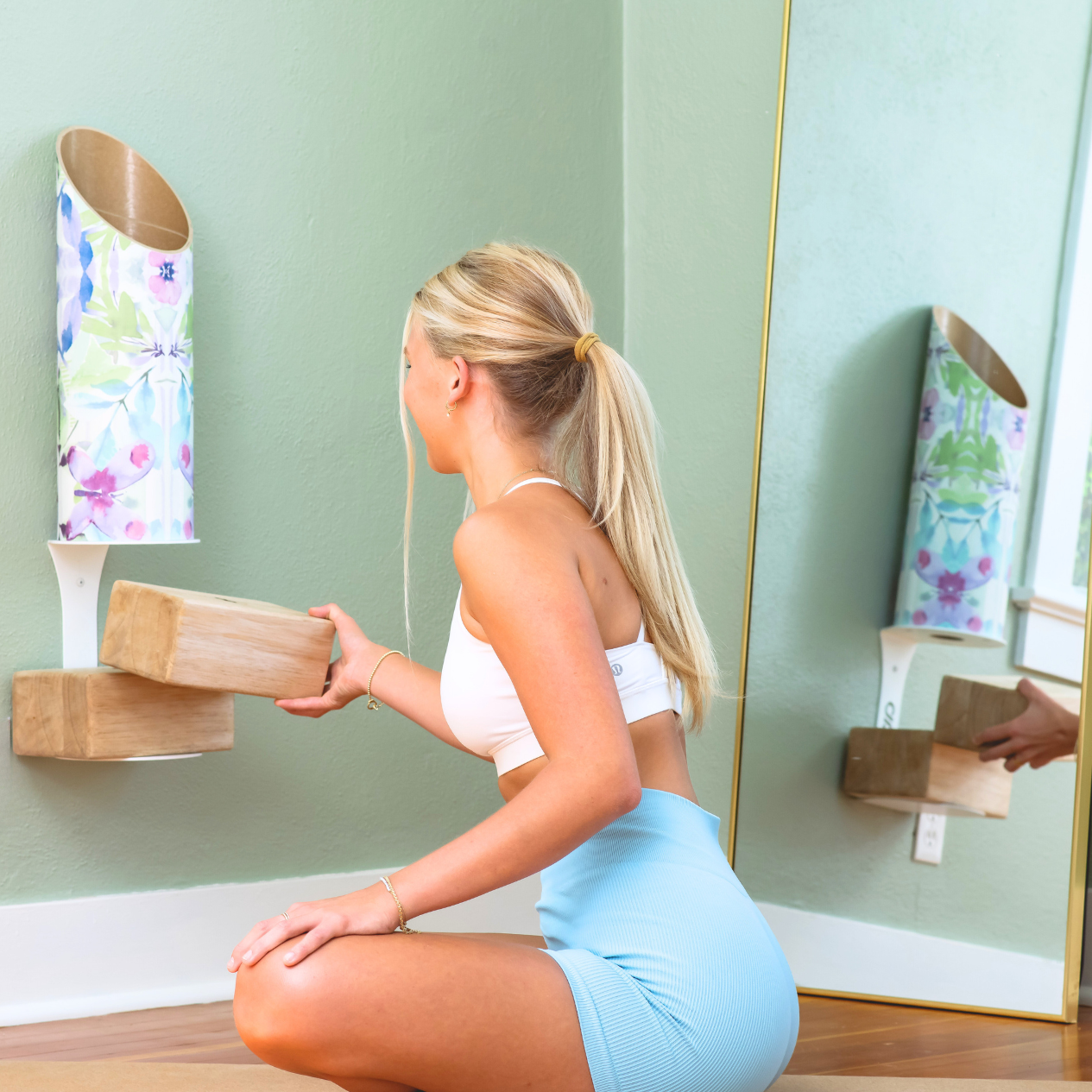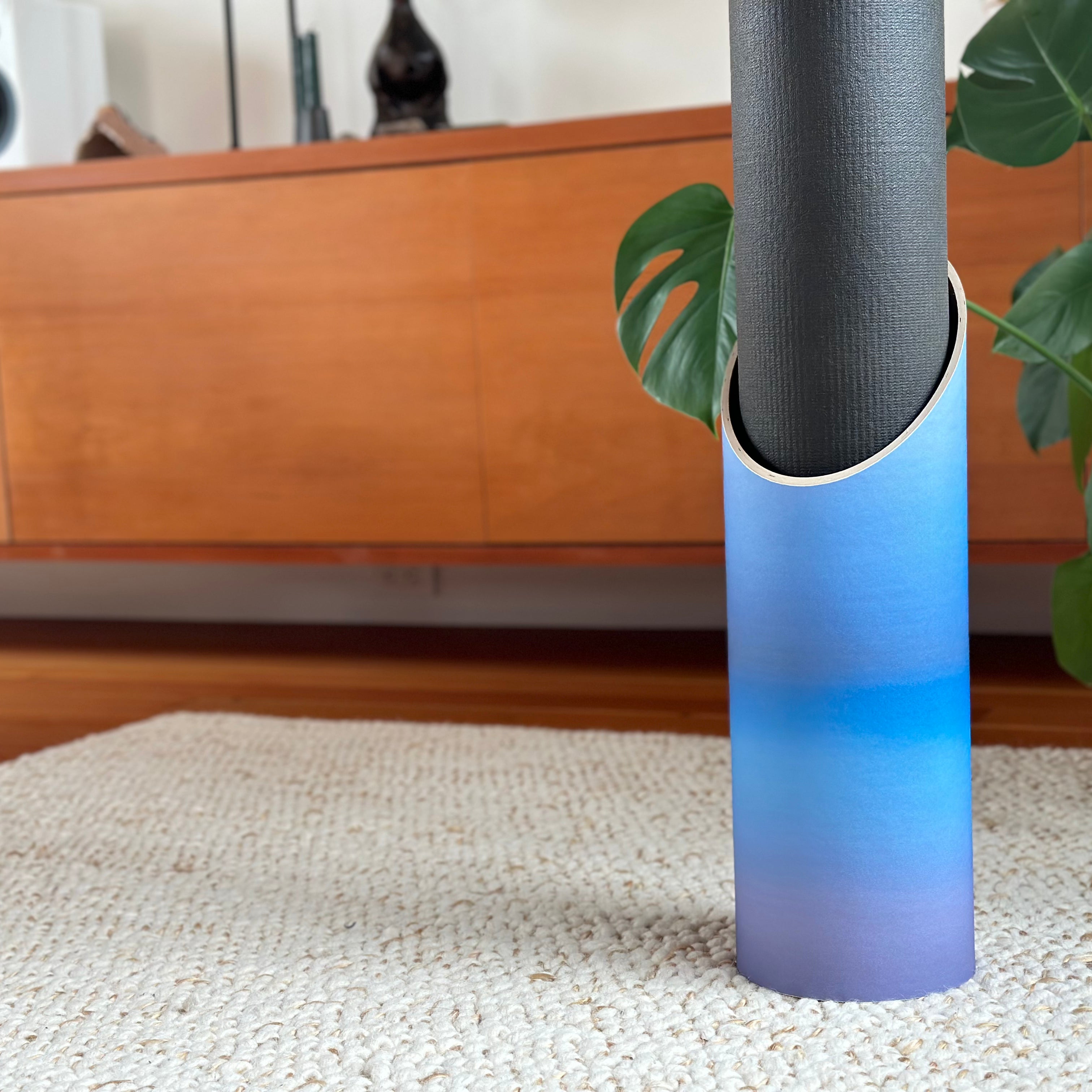Every year, up to 10 million metric tons of plastic end up in the ocean. The ocean plastic devastation comes from various sources, but one of the biggest offenders is the accessories and apparel industry.
Unfortunately, many “wellness products” fall into the category of ocean plastic offenders as they are heavily reliant on plastics for durability, flexibility, grippiness, and lowered costs. Even more worrisome is the fact that many wellness products are made using forever plastics such as polyvinyl chlorides (PVCs). Unlike other forms of plastic that can eventually decompose, contrary to popular belief, PVCs only break down into smaller pieces. As if that wasn’t bad enough, studies have linked levels of carcinogens in these plastics. Now imagine how damaging it can be for this waste to be in our waterways, where they’re not only congesting the oceans but seeping dangerous chemicals into them as well.

In light of this ever-expanding issue, some brands are taking the initiative to keep humans–and the planet–protected from plastics. While ocean-polluting PVCs are still a menace in the wellness sphere, here are some forward-thinking brands that are turning plastic waste into wellness essentials.
Patagonia

(CREDIT: Fast Company)
If there’s one major brand that’s leading the charge in mainstream sustainability, it’s Patagonia. Since its inception in 1973, the brand has maintained its mission of creating eco-friendly goods. Just last year, Patagonia, in partnership with Bionic, took to proving that recycled textiles are just as good as virgin ones. Typically, brands that use new plastic fibers have to turn to fossil fuels to power their creation. Given that most of the ocean waste ends up on coastlines along Central America and Asia, the companies came together to collect, sort, and transform these plastics into yarn. With the help of local communities and material science company Gore-tex, this yarn is made into a waterproof and windproof fabric. Using this recycled fiber, Patagonia has created a parka that it’s dubbed its warmest outerwear item to date. Over half of the total materials used in the Shadowstorm Parkas are made from ocean waste. The other materials used are similarly free from forever plastics.
Nike

(CREDIT: Forbes)
According to experts, over 500,000 tons of microplastics end up in the oceans annually due to domestic washing. Textiles contribute around 14% of plastic waste production, with a big chunk attributed to the footwear industry. With this in mind, performance brand Nike has adopted numerous eco-friendly initiatives, from its shipping to its waste processing procedures. To give new life to factory scraps and other waste materials, Nike has released its Space Hippie sneakers. A vegan shoe that allegedly has the smallest carbon footprint score of all the brand’s footwear releases, the shoe is made of 100% recycled materials. Apart from scraps from t-shirts, yarn, and foam materials, the shoes are primarily made of plastic bottles. While these shoes are not plastic-free, they help prevent this forever waste from ending up in the oceans and help reduce other waste materials from ending up in landfills.
Yoga Gear
For yoga practitioners, caring for the planet is incredibly important, alongside caring for oneself, so it’s no surprise that there’s a demand for sustainable yoga products. Mache should be at the top of your list if you’re in the market for high-quality, eco-friendly yoga gear. To make your shopping experience even more satisfying, Mache has partnered with the CRCL app to bring ocean clean-up options to the checkout experience. This allows you to clean up the ocean while supporting your self-care goals. All of our Mache products embrace the beauty of biodegradable materials made from natural and renewable resources. They are also handmade locally in small batches — ensuring an eco-friendly product at every manufacturing stage.

Similarly, Alo Yoga supports the ocean’s health with its Ocean-Bound Plastic Clean-Up, which allows eco-conscious shoppers to recover 10 pounds of plastic in their checkout process, in line with Alo Yoga’s goal to inspire yogis towards mindful movement and better living. Another brand, PADI Gear, offers eco-friendly UPF swim and yoga leggings made from over 80% recycled plastics. Worn as a warm base layer with a supportive 4-way stretch to make it easier to get in and out of neoprene wetsuits, their swim leggings are great if you want to practice yoga by the water. Moreover, the set is made-to-order, allowing PADI Gear to minimize waste in its production.
Eyebuydirect

(CREDIT: PR Newswire)
Eyewear, whether for vision correction or sun protection, is a staple for most people. However, the global sustainability network Common Objective notes that standard eyewear manufacturers create significant waste. For instance, up to 75% of acetate is wasted during the manufacturing process. With this in mind, leading eyeglasses and sunglasses provider Eyebuydirect has introduced several sustainability-focused collections. One of these collections is called 5 To See, featuring both eyeglasses and sunglasses, as well as their Ocean Sunnies that are made using recycled plastics. As the name suggests, a single pair of glasses is made using five recycled plastic bottles that would otherwise end up in the ocean. A portion of all proceeds from this collection are also donated to 1% For The Planet, which is another eco-minded organization. Eyewear purchased from these collections also comes with sustainable packaging and green shipping options.

Conclusion
Plastics have no place in our waters and definitely shouldn’t have a place in our wellness routine. Fortunately, brands are now committing to transforming a devastating blight (ocean plastics) into a sustainable future (wellness products). As consumers, it’s up to us to do our part and support sustainable initiatives. While finding green alternatives to our favorite wellness tools may be more challenging, a little research can go a long way. Before buying anything new, check the packaging to see if it is eco-friendly, or read up on a brand’s policies to see if their materials and manufacturing processes are aligned with your sustainable values. By doing so, you can actively take steps to reduce plastic waste and transform your lifestyle for the greater good.
For more on how to detox your yoga practice from hidden toxins, and how to adopt more sustainable wellness products, please visit this article on How to Nama-Stay Away From Plastics.


